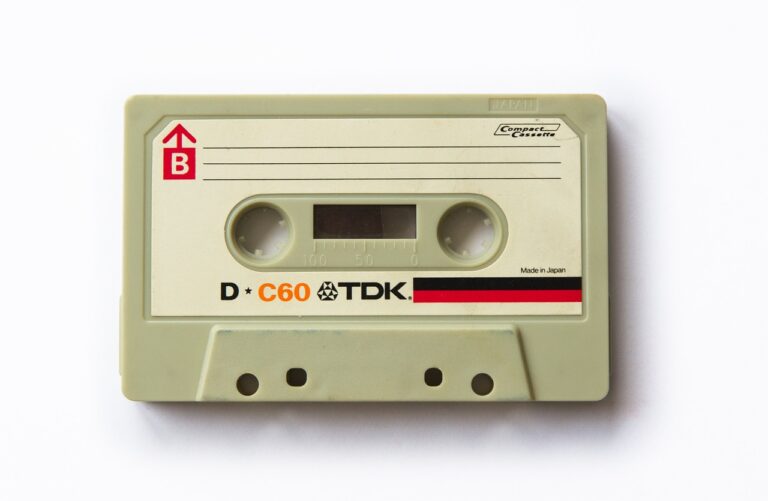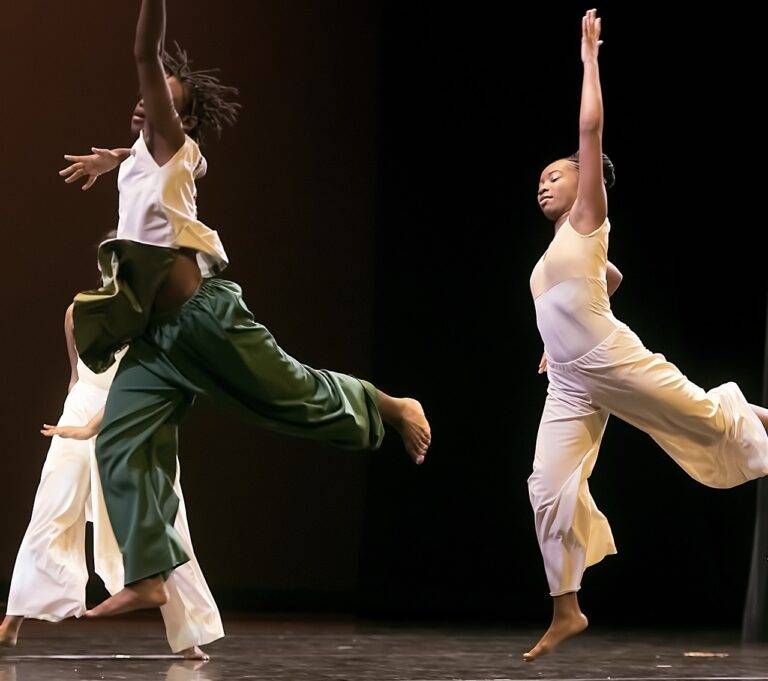Navigating Copyright Laws in the Digital Entertainment Age
Copyright is a legal concept that grants exclusive rights to creators over their original works. These works can include literary, artistic, musical, and other creative expressions. Once a work is created and fixed in a tangible form, such as writing it down or recording it, the creator automatically holds the copyright to that work.
The purpose of copyright is to protect the rights of creators and encourage them to continue producing new and innovative works. Copyright allows creators to control how their works are used and to benefit financially from their creations. It also incentivizes the dissemination of knowledge and information by striking a balance between the interests of creators and the public.
The Impact of Technology on Copyright Laws
Copyright laws are continuously challenged and reshaped by the advancement of technology. The ease of digital reproduction and distribution has made it harder to control the spread of intellectual property. With the rise of online platforms and file-sharing services, protecting creators’ rights has become even more critical in this digital age.
Moreover, the emergence of artificial intelligence and machine learning has posed new questions regarding copyright ownership and infringement. As machines are now capable of creating original works, determining ownership and rights can be complex and contentious. This evolving landscape of technology requires constant revisions and updates to copyright laws to adapt to the digital world and ensure fair protection for both creators and consumers.
Fair Use Guidelines for Digital Content
Fair use guidelines for digital content allow individuals to use copyrighted material for purposes such as commentary, criticism, news reporting, teaching, and research without the need for obtaining permission from the copyright owner. It is important to consider the four factors that determine whether the use of copyrighted material falls under fair use: the purpose of the use, the nature of the copyrighted work, the amount and substantiality of the portion used, and the effect of the use on the market for the original work.
While fair use provides a legal framework for the limited use of copyrighted material, it is essential to keep in mind that there are no strict rules that define the boundaries of fair use. Each case is evaluated based on its own merits, and what may be considered fair use in one context may not be in another. It is advisable to exercise caution when using copyrighted material and, when in doubt, seek legal advice to ensure compliance with copyright laws.
• Fair use guidelines for digital content allow for the use of copyrighted material without permission
• Four factors determine if the use falls under fair use: purpose, nature of work, amount used, effect on market
• No strict rules define fair use boundaries; each case is evaluated individually
• Exercise caution when using copyrighted material and seek legal advice when unsure
What is fair use?
Fair use is a doctrine in copyright law that allows for the limited use of copyrighted material without permission from the copyright holder. This is based on the principle that some uses of copyrighted material are considered fair, such as for purposes of criticism, comment, news reporting, teaching, scholarship, or research.
How do I determine if my use of digital content falls under fair use?
There are four factors to consider when determining if your use of digital content falls under fair use: the purpose and character of the use, the nature of the copyrighted work, the amount and substantiality of the portion used, and the effect of the use on the market for the original work.
Can I use any digital content for educational purposes under fair use?
While educational use is a factor in determining fair use, it is not a blanket exemption. You must still consider the four factors mentioned earlier to determine if your use of digital content qualifies as fair use.
Can I use copyrighted music in my YouTube videos under fair use?
Using copyrighted music in your YouTube videos can be a tricky area when it comes to fair use. It is important to consider the four factors mentioned earlier and to be aware that using copyrighted music may still result in copyright infringement claims.
What should I do if I receive a copyright infringement notice for using digital content?
If you receive a copyright infringement notice for using digital content, it is important to review the notice carefully and consider whether your use falls under fair use. You may need to seek legal advice if you are unsure about the legality of your use of the content.





